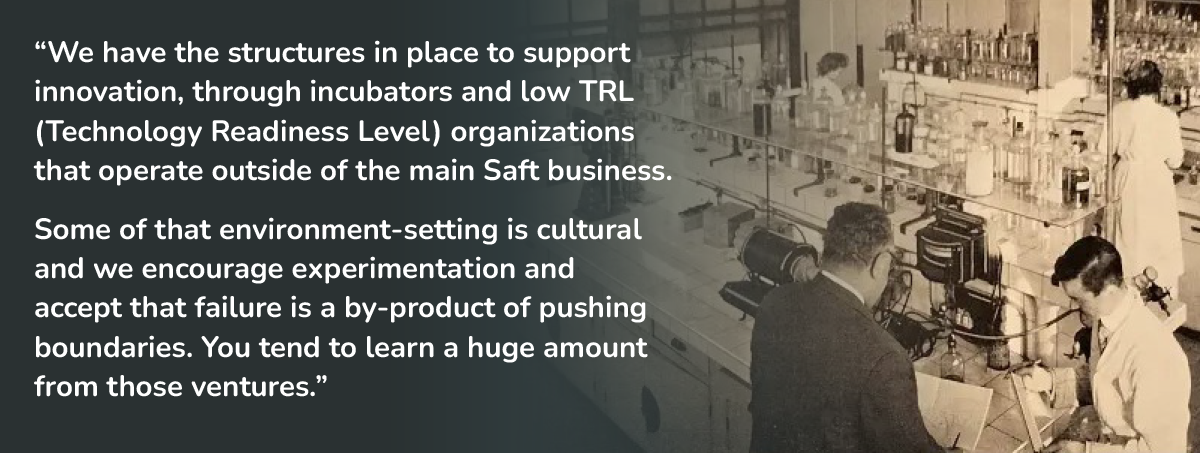Lithium-ion batteries are now the most popular choice for use in IoT devices.
With their high energy density, long cycle life and low self-discharge rates, they’re ideal for long-term power applications. These characteristics have helped them drive the IoT market to where it is now – present in almost city, business, and modern building.
The chemistry has come a long way since early 1958, when William Sidney Harris of the University of California, Berkley, presented his study of the solubility and conductivity of lithium in various electrolytes in the paper Electrochemical Studies in Cyclic Esters.
In said paper he observed the formation of a passivation layer that could prevent a direct chemical reaction between lithium and the electrolyte while still allowing for ionic transport across it. This led to further studies on the viability of lithium-ion batteries and massively increased interest in the commercialization of primary lithium-ion batteries.
Saft’s own research and development team were one of the first to adopt the challenge of harnessing the potential of lithium-ion batteries.
1965 was not only the year of the inauguration of our Poitiers site in France. A team of researchers based at the site filed the first patents for our primary lithium technology, charting a path for the next sixty years and cementing our reputation for innovation at the forefront of lithium batteries.
Four years later the concept of lithium thionyl chloride (Li-SOCl2) batteries was discovered by Jean-Paul Gabano, an engineer and researcher who worked for Saft throughout his prolific career (1962-89). In 1970 his work led to French Patent 7004833 for cells using Li-SOCl2 chemistry, and his pioneering work on the use of a non-woven polypropylene separator - an important component of lithiumion batteries – helped advance the technology even further.
Most of Saft's primary lithium batteries are still based on the fundamentals of this technology to the benefit of numerous sectors, not least the smart devices powering the IoT revolution.
A culture of exploration
The story of innovation at Saft is entwined with the technological advances that have defined the past 100 years; from aviation and satellites to smart cities, moon landings and ocean exploration.
Many of these industries have required highly reliable products that can perform in a range of operating conditions. To meet these needs Saft’s researchers have had to continuously innovate and design bespoke batteries and, as is often the case, these explorative technologies have shaped the way in which our batteries are designed today.
It is often the ‘outside the box’ thinking that yields the most interesting results. To improve electrode extrusion, engineers looked at the processes used in chocolate making. To design cheaper, sealed cylindrical casing for batteries, they investigated how drink cans are made.
That spirit of exploration is key, and Saft still invests nearly 10% of its total sales into Research and Development where experimentation is very much encouraged. It’s part of the wider environment for innovation, as alluded to in our interview with Kamen Nechev, Chief Technology Officer for Saft.

Today, Saft has two main research centers: Bordeaux, and Cockeysville (Maryland, USA), created in 1990.
The creation of the Cockeysville center has further accelerated Saft's lithium-ion research and allowed for pioneering collaborations with US organizations including the US Air Force, the Defense Advanced Research Projects Agency (DARPA) and the late-1990s US Advanced Battery Consortium (USABC) programs for the development of electric vehicles.
There’s no sign of slowing down. In 2023 alone, 42 patents were filed by Saft.
The next ‘first’ for Saft could be a new technology, process or procedure. It could even be a new algorithm to support development and optimize battery use. But in a company founded on ‘firsts’, the next innovation is likely not far away.
